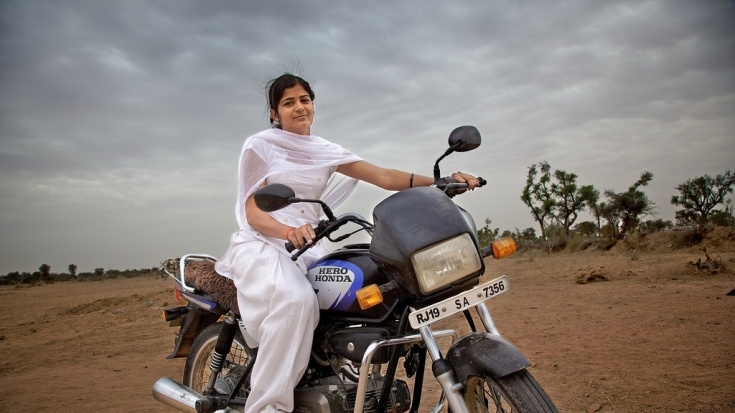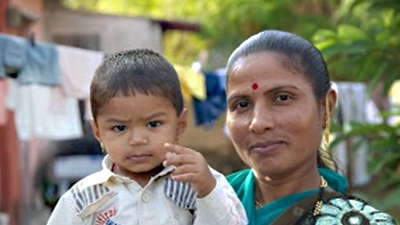WASHINGTON, Feb. 20, 2014—Women around the world still face huge, persistent gender gaps at work, according to a new report by the World Bank Group, which calls for bold, innovative measures to level the playing field and unleash women’s economic potential.
By virtually every global measure, women are more economically excluded than men, according to Gender at Work. Trends suggest women’s labor force participation worldwide has stagnated over the past 30 years, dropping from 57 to 55 percent globally, despite accumulating evidence that jobs benefit women, families, businesses, and communities.
"The reasons for this will differ from country to country, but we think that the persistence of norms—which means that women don't have as much choice over their livelihoods as men—as well as legal barriers to work are both playing important roles," said Jeni Klugman, World Bank Group Gender and Development Director.
A companion to the 2013 World Development Report on jobs, the report notes that since women face multiple constraints to jobs, starting early and extending throughout their lives, progressive, broad-based, and coordinated policy action is needed to close gender gaps. Common constraints include lack of mobility, time, and skills, exposure to violence, and the absence of basic legal rights.

